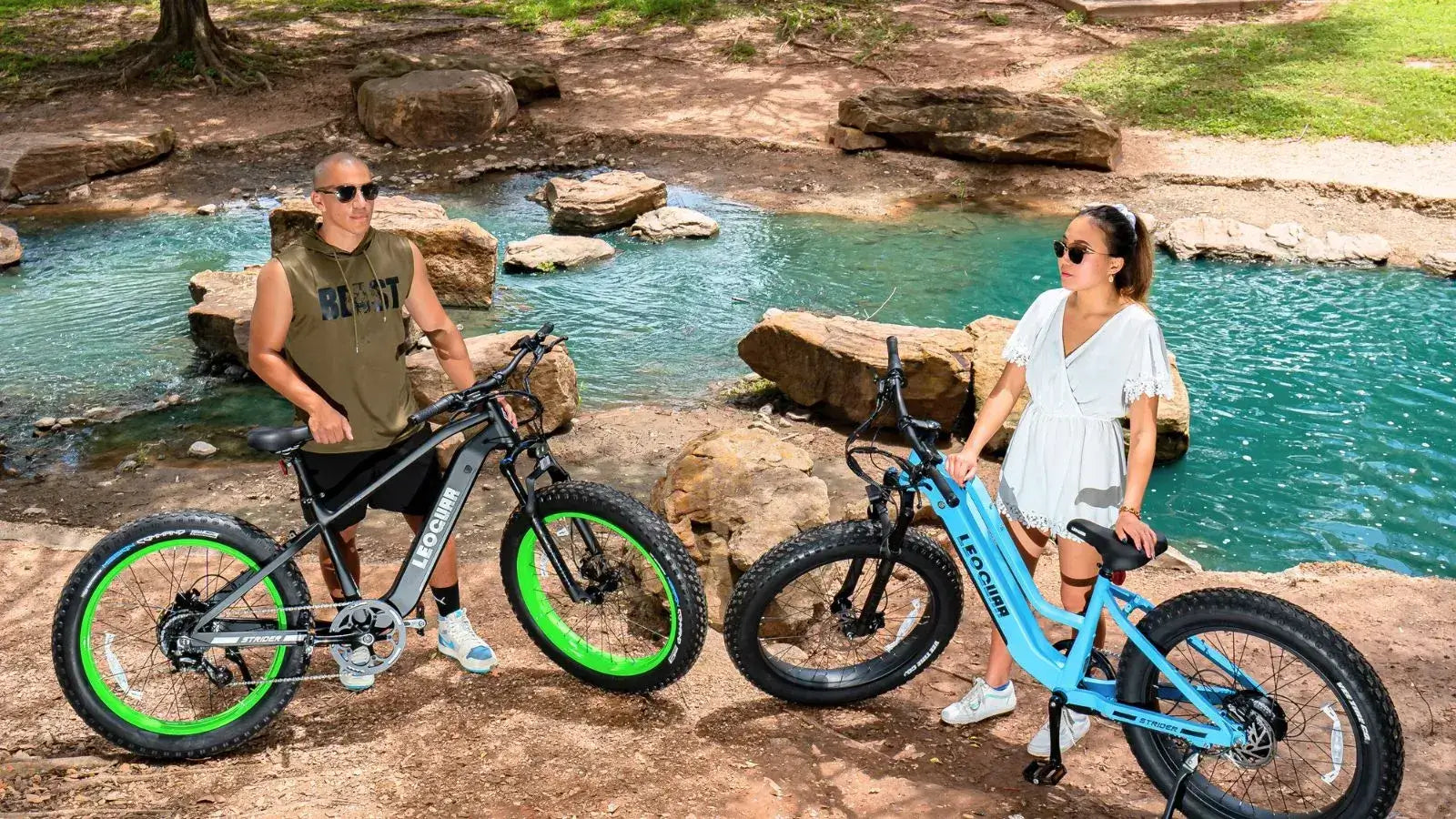
eBike Test Ride Guide: What to Expect, Feel, and Ask Before You Buy
Why Taking an eBike Test Ride Is So Important
Your decision to test ride an electric bike is the most important step in buying one. While spec sheets, online reviews, and user forums give you useful data, they cannot show you how a bike really feels. The true character of an e-bike only shows itself when you sit on it, feel the motor start, the brakes work, and the frame respond to how you move.
This guide will turn your casual ride into a smart evaluation. It will help you pick an e-bike that is not just good on paper, but perfect for the roads you will ride.
From Paper to Pavement
Things like how the motor starts, how the brakes feel, and how the frame fits your body are very personal. These are feelings, not numbers. You cannot measure them on a product page or see them in a video review.
The goal of this article is to give you a clear plan. It is a checklist for what to do, what to feel, and what to ask during your ebike test ride. This process will help you see past the marketing and make a choice based on real performance and personal comfort.
How to Prepare for Your Electric Bike Test Ride
To get the most out of your time, a little prep goes a long way. Coming ready and knowing what to look for lets you focus only on the bike. This simple checklist puts you in control from the moment you walk into the shop.
Finding a Test Location
Your best options for a good ebike test are different, and each has special benefits.
- Local Bike Shops: This is the best choice. You get expert advice that is not tied to one brand, and you can often compare different makes and models side by side.
- Brand Showrooms: If you have a specific brand in mind, like Rad Power Bikes or Lectric, visiting their showroom gives you a deep look at their full product line.
- Rental Shops: Renting a bike for a few hours or a full day is a great way to do a long test on the exact model you want, on your own terms and on your actual route.
What to Bring and Wear
Being prepared makes the process smooth and stress-free.
- Your ID and a Credit Card: Almost all shops will need these to hold while you are out on the bike.
- Comfortable Clothes & Closed-Toe Shoes: Wear what you would normally wear for a ride. This gives you the most real sense of comfort.
- Your Helmet: The shop will give you a helmet, but using your own is always best for a familiar and comfortable fit.
- A Small Backpack (Optional): If you plan to commute or run errands, bring a backpack with some weight in it to see how the bike handles with a load.
- A Smartphone: Use it to take quick notes, snap photos of parts, or record your thoughts right after the ride.
Know The Basics
Understanding the basic types of e-bikes will help you ask for the right model. In the U.S., e-bikes are put into three classes.
- Class 1: Pedal-assist only. The motor helps when you are pedaling, up to 20 mph.
- Class 2: Throttle-assisted. These bikes have a motor you can control with a throttle, moving the bike up to 20 mph without pedaling. They also offer pedal assist.
- Class 3: Pedal-assist only, but faster. The motor helps your pedaling up to 28 mph.
It is important to know local rules, as laws for where each class can be ridden vary a lot. Understanding local e-bike laws is a must for responsible ownership.
The 7-Point Checklist for a Smart eBike Test Ride
This is the core of your evaluation. Use this checklist to check every important part of the bike's performance and feel. For each point, do the action and then think about how it felt.
1. The Motor's Personality
The motor is the heart of the e-bike, and not all motors feel the same. The key difference comes from the ebike sensor type. A cadence sensor gives power when it detects the cranks are turning. This can sometimes feel sudden or like an on/off switch. A torque sensor measures how hard you are pedaling and gives power based on that. This feels very natural, like an extension of your own strength.
Test Action: On a flat, open stretch, start in the lowest assist level and pedal. Go through every level to the highest. How does the power come on? Is it a smooth, expected surge, or is it a sudden, surprising jerk?
Why it Matters: A smooth, torque-sensing motor gives confidence and control, especially when riding in traffic or tight spaces. A jerky, cadence-based system might be fine for open paths but can be unsettling for stop-and-go city riding.
2. The Hill Climb Test
This is where a motor proves its worth. A bike that feels powerful on flat ground can show its weakness on a hill.
Test Action: Find a reasonably steep hill. Come to a complete stop at the bottom. From a standstill, start pedaling up the hill in a moderate gear. How much effort does it take to get going? Does the motor start quickly and give confident, steady power, or does it whine and struggle? Try it in a few different assist levels.
Why it Matters: This is the ultimate test of a motor's torque. If your daily commute or fun rides include hills, a bike that passes this test is essential.
3. The Brakes
Your ability to stop safely is more important than your ability to go fast. E-bikes are heavier and faster than regular bikes, putting greater demands on the electric bike braking system.
Test Action: In a safe, clear area with no traffic, get the bike up to a moderate speed (10-15 mph). Apply the brakes firmly but smoothly. How do they feel? Do they bite with confidence and bring you to a quick, controlled stop? Or do they feel soft, spongy, and need a lot of force on the lever? Test both the front and rear brakes separately at low speed to understand their individual power.
Why it Matters: Confident, predictable braking is a must-have safety feature. Hydraulic disc brakes generally offer better power and control than mechanical disc or rim brakes.
4. Handling and Geometry
A bike's geometry controls its handling and your comfort level. This is perhaps the most personal part of the test ride electric bike experience.
Test Action: Ride at a very slow, walking-pace speed. Weave gently from side to side. Does the bike feel stable and balanced, or does it feel top-heavy and wobbly? Next, find a smooth patch and briefly stand up on the pedals. How does the bike feel underneath you? Pay attention to your riding position. Are you in an upright, cruiser position with a great view of your surroundings, or a more forward-leaning, sport position that feels more aerodynamic and powerful?
Why it Matters: An uncomfortable bike is a bike that won't get ridden. The geometry should match your intended use. An upright position is excellent for casual rides and city visibility, while a more aggressive posture is better for speed and long-distance efficiency.
5. Shifting and Drivetrain
Even with a motor, the mechanical gears play a huge role in ride quality and efficiency.
Test Action: While pedaling on a flat section, shift through the entire gear range, from the easiest to the hardest and back again. Are the shifts clean, crisp, and immediate? Or are they loud, clunky, and slow to work?
Why it Matters: A smooth-shifting drivetrain is a sign of quality parts. Poor shifting is a constant source of frustration and can show that costs were cut in this critical area.
6. The "Extras" Check
The small details of the user interface have a big impact on the daily experience of using your e-bike.
Test Action: Look down at the display. Is it bright and easy to read in direct sunlight? Are the buttons used to change assist levels, turn on lights, or access settings easy to use? Can you operate them easily with gloves on, without having to look down for a long time?
Why it Matters: A confusing or hard-to-read display can be more than annoying; it can be a distraction. Good design means you can keep your focus on the road.
7. The Noise Level
A quiet bike is often a sign of a well-made machine. Pay attention to the sounds the bike makes as you ride.
Test Action: Ride on a smooth, quiet surface and just listen. Does the motor make a quiet, low hum or a loud, high-pitched whine? As you go over small bumps, do you hear any rattling from the fenders, battery mount, or cables?
Why it Matters: Too much motor noise or frame rattles suggest lower-quality parts or poor assembly. As extensive testing by cycling experts consistently shows, the best e-bikes combine powerful performance with nearly silent operation, creating a more peaceful and enjoyable ride.
Must-Ask Questions Before You Buy an eBike
Once the ride is over, your evaluation continues. Use this time to ask the shop staff smart questions that go beyond the spec sheet. This shows you're a serious buyer and helps you gather important information for long-term ownership.
About the Battery:
- What is the real-world range I can expect for my weight and typical riding style? The advertised range is often an optimistic best-case scenario. An experienced staff member can give you a more realistic estimate.
- How much does a replacement battery cost, and what is its expected lifespan in charge cycles? A battery is the single most expensive part you'll need to replace on an e-bike. Knowing its replacement cost (often $500-$1000+) and lifespan (typically 500-800 cycles) is essential for planning long-term costs.
- Is the battery and charging system UL 2849 certified? This is a critical safety question. UL certification ensures the entire electrical system has been rigorously tested to prevent fire hazards. Do not compromise on this.
About Maintenance and Service:
- What is the warranty period for the motor, battery, and frame? Understand what is covered and for how long. Warranties can vary significantly between these key components.
- Can you service this bike here in the shop, including firmware updates and diagnostics for the electronic components? Not all bike shops will service e-bike brands they don't sell. Buying from a shop that can provide ongoing support is a massive advantage.
- How readily available are proprietary spare parts, like a specific display or motor sensor? If the bike uses many proprietary parts, ensure the shop or brand has a reliable supply chain.
About the Bike Itself:
- What is the total weight of the bike? This is surprisingly important. Try lifting it. If you live in a walk-up apartment or need to put it on a car rack, a 70 lb bike is very different from a 50 lb one.
- What specific racks, fenders, or lights are compatible with this model? Knowing your accessory options upfront prevents compatibility headaches later on.

After the Ride: How to Analyze Your eBike Test Experience
If you test multiple bikes, your feelings can start to blend. The best way to make a clear, logical decision is to turn those feelings into data right after each ride. A simple scorecard helps you move from "I think I liked that one better" to "I know why I liked that one better."
Create Your Scorecard
Use your phone's notes app or a piece of paper to create a simple chart. Rate each category on a scale of 1 (Poor) to 5 (Excellent) for every bike you test. This creates an objective framework for comparison.
| Feature / Feeling | Bike 1: (Model Name) | Bike 2: (Model Name) | Notes |
|---|---|---|---|
| Motor Smoothness | e.g., Bike 1 was jerky, Bike 2 was intuitive. | ||
| Hill Climb Power | e.g., Bike 1 struggled, Bike 2 felt strong. | ||
| Braking Feel | e.g., Confident and strong vs. soft and weak. | ||
| Handling & Stability | e.g., Stable at speed vs. wobbly on slow turns. | ||
| Riding Comfort | e.g., Upright and relaxed vs. too aggressive. | ||
| Shifting Quality | e.g., Crisp and quiet vs. loud and clunky. | ||
| Overall Feel | e.g., Fun and inspiring vs. just functional. |
By the end of the day, you won't just have a memory of a few rides; you'll have a concrete, data-driven comparison that makes your final choice clear, confident, and correct.
Frequently Asked Questions
1. Q: How long should an ebike test ride last?
A: A good test ride should last at least 15-20 minutes. This gives you enough time to test all the features, try different assist levels, and get comfortable with the bike's handling. If possible, ask for a longer test or consider renting the bike for a few hours to really understand how it performs.
2. Q: What if the bike shop doesn't allow test rides?
A: Any reputable bike shop should allow test rides for e-bikes. If they don't, consider shopping elsewhere. Test riding is essential for such a significant purchase. Some shops may require a deposit or ID, which is normal and acceptable.
3. Q: Should I test ride in different weather conditions?
A: If possible, yes. Rain or wet conditions can significantly affect braking performance and handling. However, don't feel pressured to test in unsafe conditions. Most shops will understand if you want to reschedule for better weather, especially for your safety.
4. Q: Can I test ride if I'm not ready to buy immediately?
A: Most shops welcome serious shoppers even if you're not buying that day. Be honest about your timeline and intentions. Many shops prefer educated customers who take their time to make the right choice rather than rushed decisions that might lead to returns.
5. Q: What's the most important thing to focus on during a test ride?
A: Focus on overall comfort and how the bike feels to you personally. While technical specs matter, the most important factor is whether you feel confident, comfortable, and excited about riding the bike. If something doesn't feel right during the test, trust your instincts.



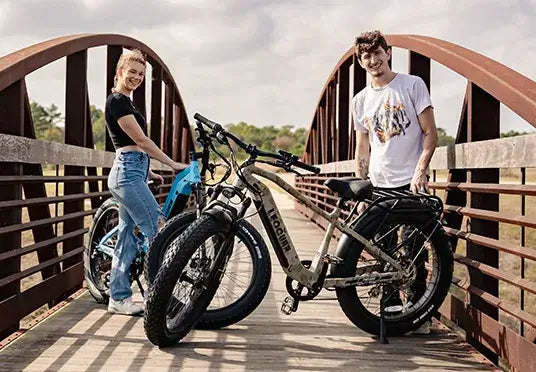
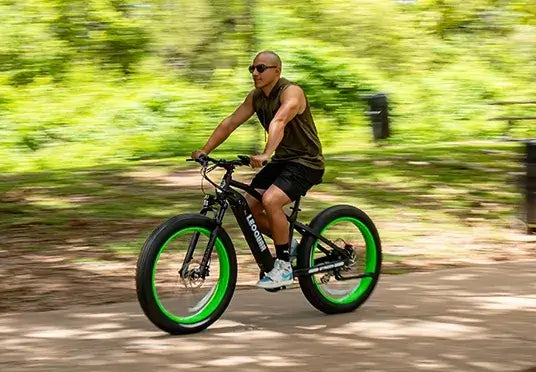
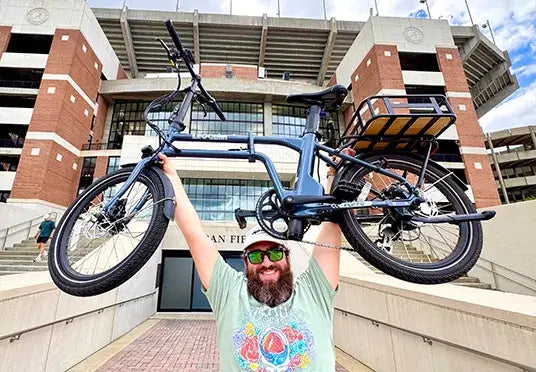
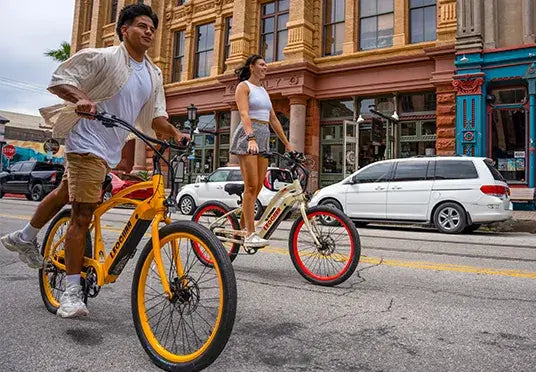
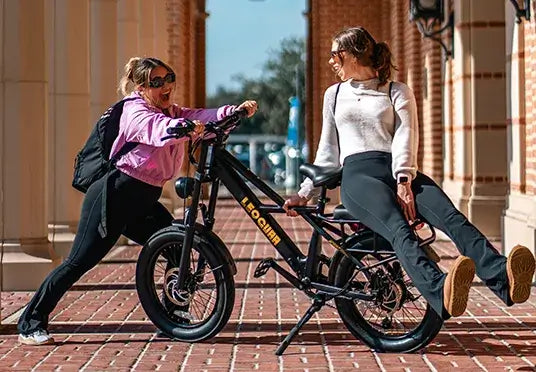
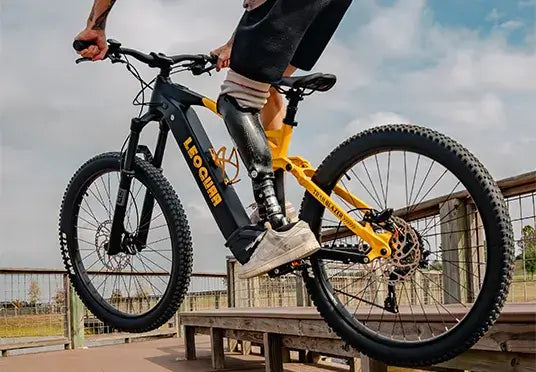
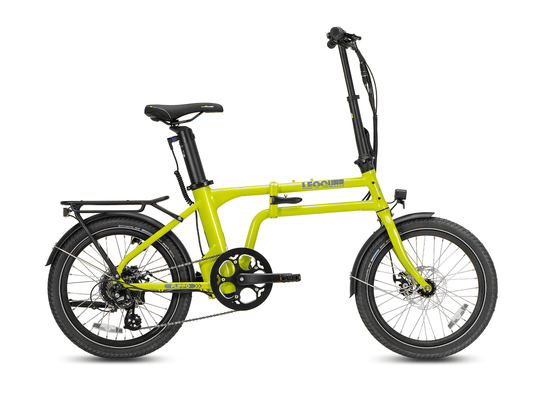
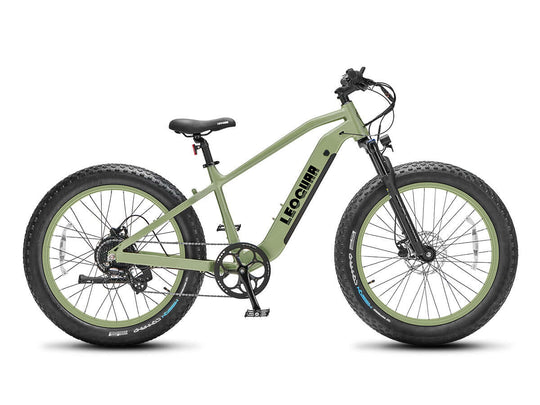
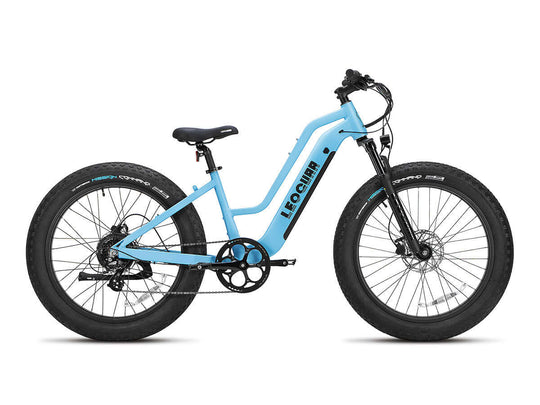
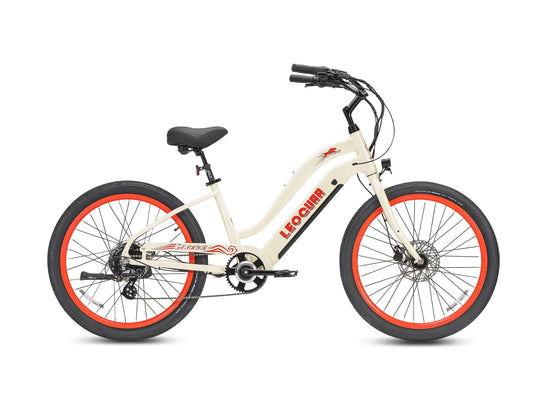
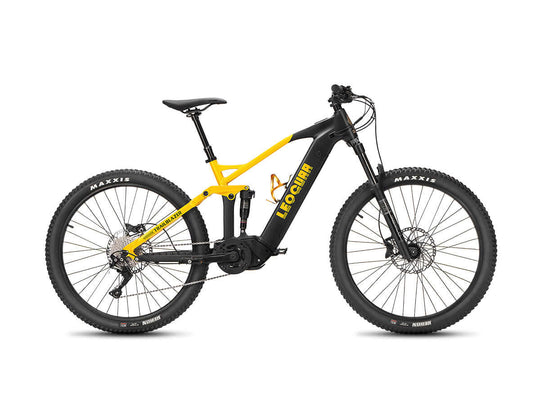
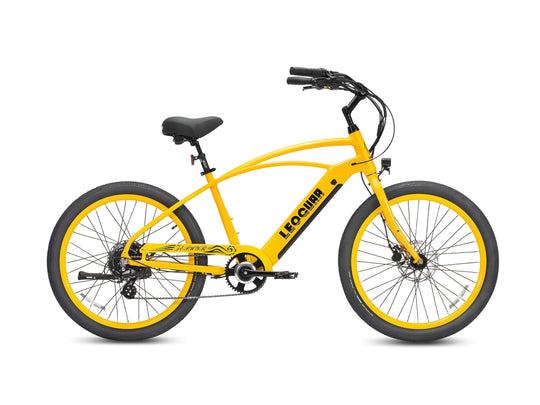
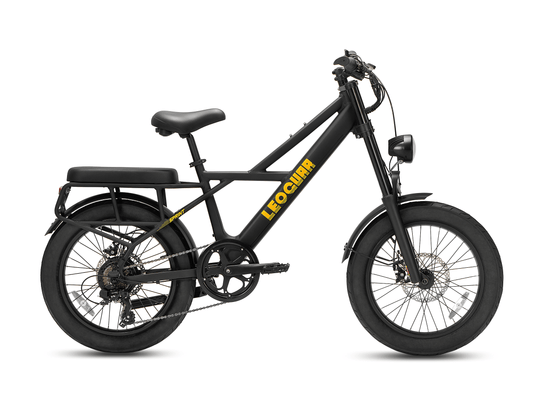
















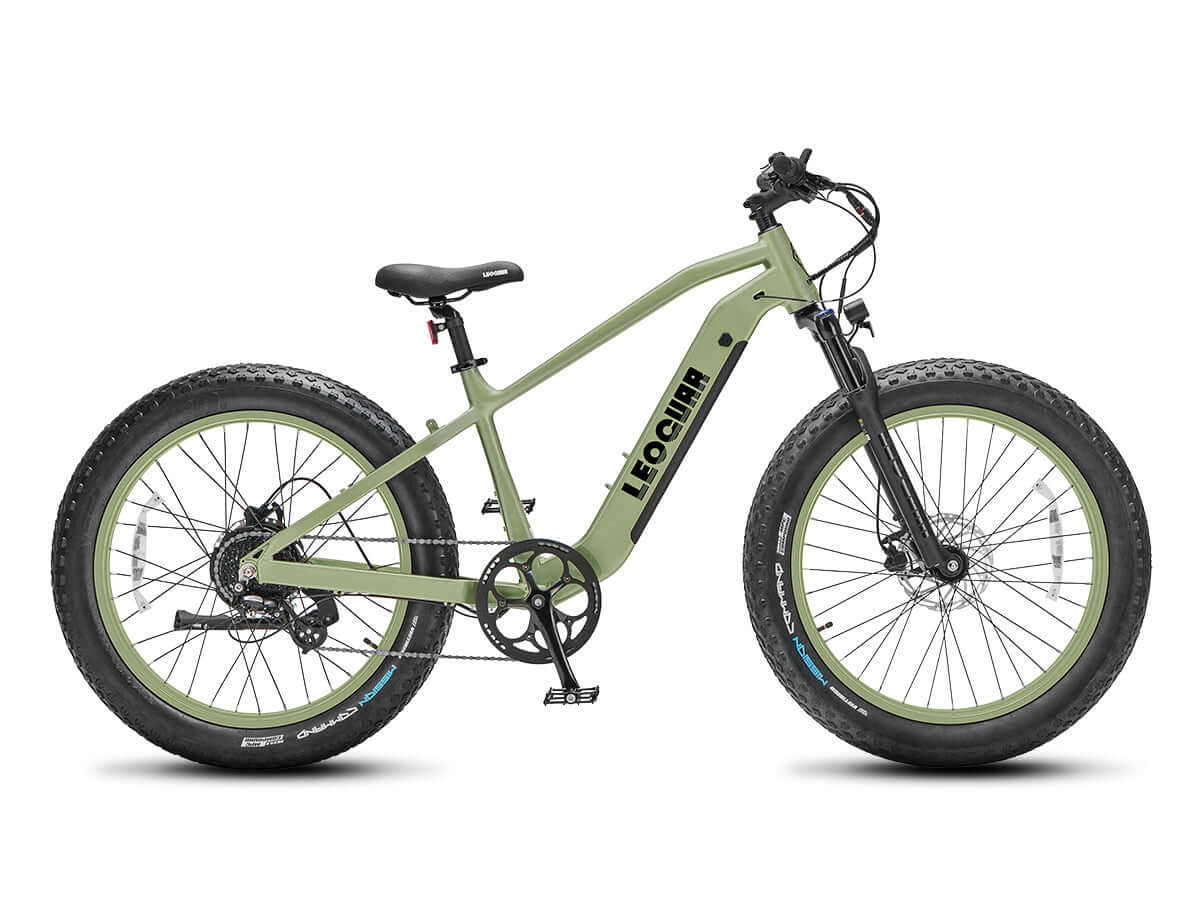








Leave a comment